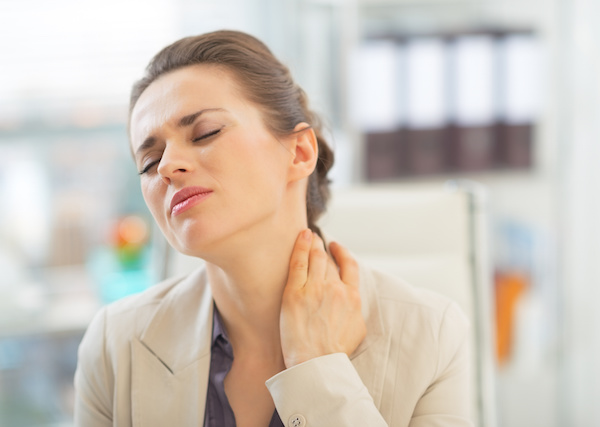THURSDAY, Dec. 15, 2016 (HealthDay News) — Americans younger than 70 may be hearing better now compared with 15 years ago, a new government study suggests.
Researchers found that hearing loss appears to be on the decline among Americans in their 40s, 50s and 60s — which may be partly related to reductions in on-the-job noise and smoking rates.
However, while that’s “good news,” it needs to be balanced with a reality check, said lead researcher Howard Hoffman, of the U.S. National Institute on Deafness and Other Communication Disorders.
Hearing loss is still common, he said. Among study participants in their 60s, for example, 39 percent were hearing-impaired.
And based on other research, hearing loss grows in prevalence after age 70.
“We’re not really preventing hearing impairment, we’re delaying it,” Hoffman said.
With the elderly population expanding, he added, that means the “overall burden” of hearing loss will remain large.
Dr. Maura Cosetti, an otolaryngologist who was not involved in the study, agreed.
The dip in hearing-loss prevalence is “exciting,” said Cosetti, who directs the Cochlear Implant Center at the New York Eye and Ear Infirmary of Mount Sinai in New York City.
“But, the other big takeaway,” she said, “is that hearing impairment is common, and it’s important to recognize and treat it.”
The study results were published online Dec. 15 in JAMA Otolaryngology-Head & Neck Surgery.
For the study, the researchers analyzed hearing-test results from more than 3,800 Americans ages 20 to 69 who took part in a federal health survey in 2011-2012. Their performance was compared against adults the same age who were studied from 1999 through 2004.
Overall, 14 percent of people in the more recent survey had impaired hearing, versus 16 percent in the earlier group.
Relatively few 20- and 30-somethings had hearing problems in either time period. However, by the 40s, the decline in hearing impairment became apparent, Hoffman said.
He speculated on some likely reasons: Compared with years ago, fewer people have industrial jobs that expose them to constant noise. Plus, workers now have more regulations, education and safety equipment to protect their hearing.
“It’s also possible that declining smoking rates have helped,” Hoffman said. Studies have found that smokers have higher risks of hearing loss than nonsmokers do.
Hoffman pointed to another hopeful sign in the findings: The prevalence of hearing loss remained low and showed no signs of spiking over time in young adults — despite worries over kids blasting music through their headphones or going to loud concerts.
That’s not a green light to crank the volume, however, Hoffman stressed.
“You still need to be careful,” he said. “And the messages on hearing loss and hearing protection still need to start early, with kids.”
“Once you destroy the hair cells [in the ear] that detect sounds, they don’t grow back,” Hoffman said.
Cosetti made a similar point.
No one knows yet whether the “earbud” generation will pay a price later in life, she noted. She cited some common-sense steps: For one, if you can only hear the music playing in your headphones and no other sounds, the volume needs to be turned down.
Cosetti suggested a “60/60” rule of thumb when using headphones: Keep the volume at no more than 60 percent, and listen for no more than 60 minutes a day.
Along with the positive trend in hearing loss prevalence, the study also found less-encouraging patterns.
U.S. men remain at particular risk of hearing problems. By 2012, their rate of hearing impairment was still almost double that of women — at almost 19 percent.
Even when Hoffman’s team accounted for occupational noise exposure, men were still at higher risk than women.
The researchers also found that hearing problems were common among people who spent time around firearms, on the job or not. Of those exposed to more than 1,000 rounds fired, one-quarter had impaired hearing.
“If you’re around firearms, hopefully you’re wearing [hearing] protection,” Hoffman said.
For people already noticing hearing problems, Cosetti advised getting an evaluation by an audiologist.
If a hearing aid is recommended, she suggested giving it a try.
“Hearing-aid technology is improving,” Cosetti said. “They’re smaller and work better.”
Plus, she noted, studies suggest that hearing aids can help older people stay socially engaged and live independently at home.
There is the issue of access, however. Hearing aids in the United States require a doctor’s prescription, Hoffman said, and the cost typically runs above $2,000 for each hearing aid.
That may change, however. Last week, the U.S. Food and Drug Administration announced it would no longer enforce the rule that adults have a medical evaluation before getting a hearing aid.
The agency also said it was considering creating a category of over-the-counter hearing aids that would be more affordable.
More information
The U.S. Food and Drug Administration shares the signs of hearing loss.
Copyright © 2025 HealthDay. All rights reserved.

